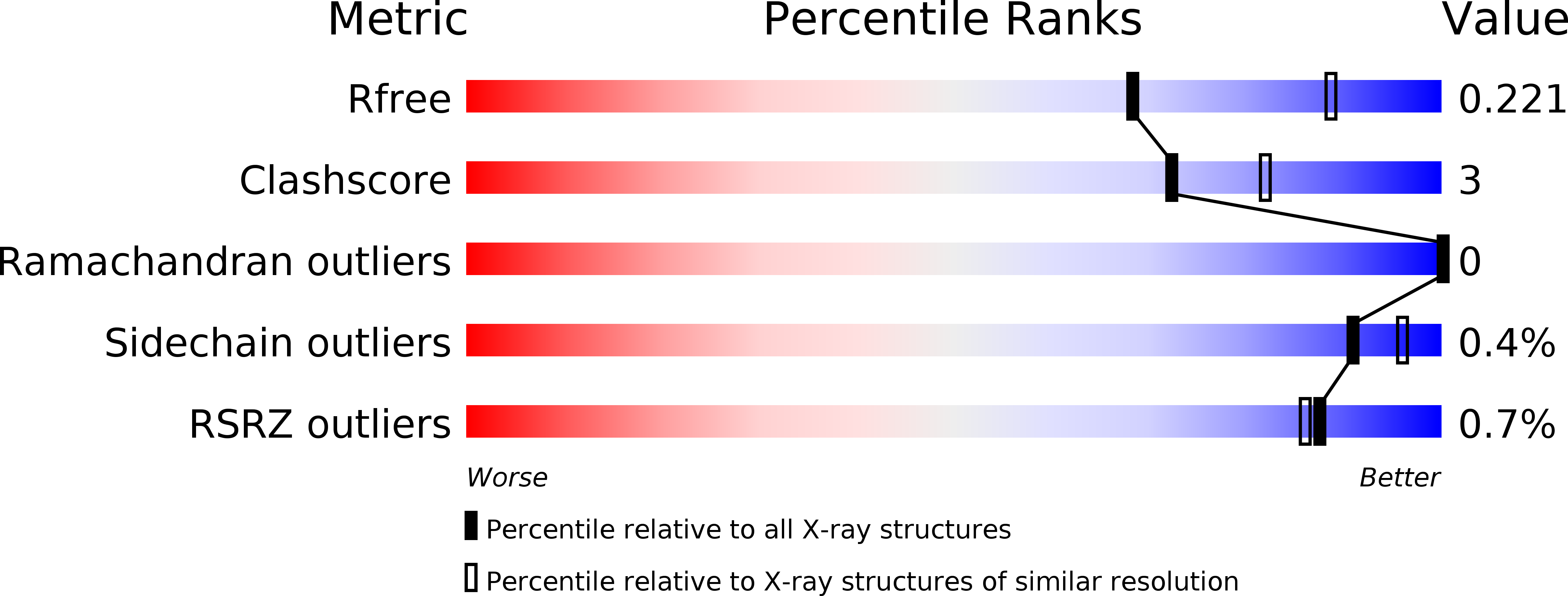
Deposition Date
2020-02-17
Release Date
2020-10-07
Last Version Date
2024-05-01
Entry Detail
PDB ID:
6Y2N
Keywords:
Title:
Crystal structure of ribonucleotide reductase R2 subunit solved by serial synchrotron crystallography
Biological Source:
Source Organism:
Host Organism:
Method Details:
Experimental Method:
Resolution:
2.40 Å
R-Value Free:
0.22
R-Value Work:
0.17
R-Value Observed:
0.17
Space Group:
P 41 21 2


